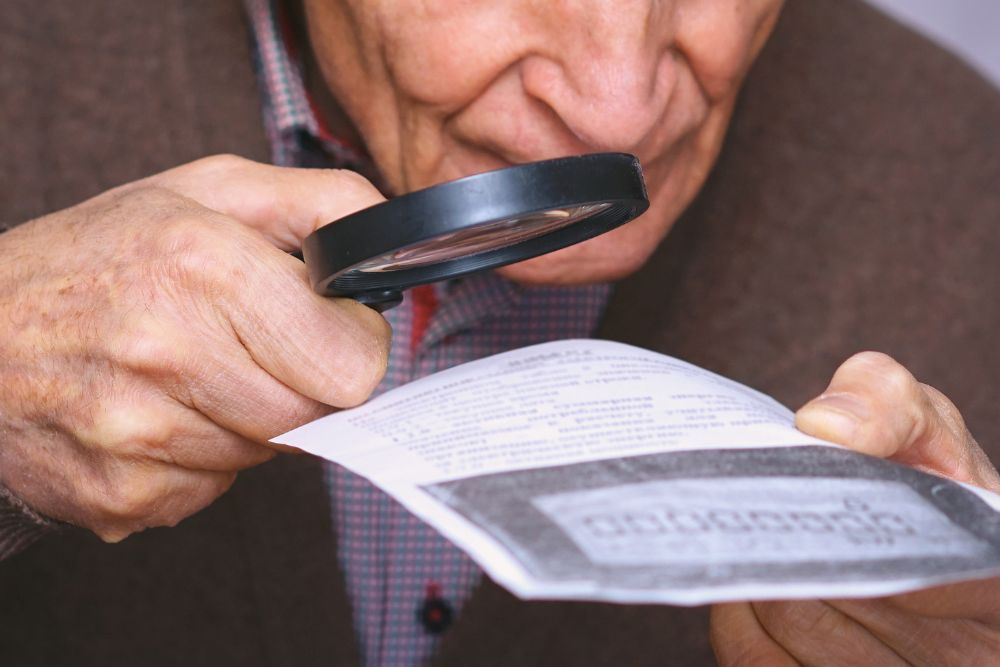Spotlight on Low Vision Aids: Tools to Improve Independence with AMD

Originally published by Retinal Consultants Medical Group
If you’re over the age of 50, age-related macular degeneration (AMD) – the nation’s primary cause of irreversible vision impairment – may be on your mind. While total blindness is unlikely, low vision (i.e., the loss of sight that cannot be corrected with prescription eyeglasses, contact lenses, or surgery) can occur with AMD. Over the next 30 years, low vision is estimated to afflict over 9.5 million people, targeting 1 in 6 adults over age 45 and 1 in 4 over age 75. Symptoms may include a loss of central or peripheral vision, blind spots, blurred or hazy vision, and issues seeing in low light or dark conditions.
Low Vision Assistive Devices Can Benefit AMD’s Vision Loss
Although some activities may be harder to perform with low vision, certain tools, including dedicated assistive devices, allow you to remain self-reliant and productive. Among these measures, including those prescribed by ophthalmologists, are:
- Using brighter lights at home or work
- Wearing anti-glare sunglasses
- Magnifying lenses, including eyeglasses, or on a headband, to free up your hands; lights may be included
- Telescopic eyeglasses
- Light-filtering lenses
- Closed-circuit television
- Writing and signing guides to highlight important areas
- Reading prisms or eyeglasses, for people with double vision (diplopia). Rather than seeing two images of one object, the prism helps you see one image.
Low-vision patients may also utilize non-optical aids, including large-print publications, books on tape, high-contrast or talking clocks and watches, or those with enlarged numbers. You may install accessibility features on your smartphone and computers, like screen readers and speech output programs. It may also be helpful to rearrange your furniture to get around.
Get Regular Eye Exams for AMD and Low-Vision
Annual comprehensive dilated eye exams enable retina specialists to identify AMD symptoms earlier, making it easier for both doctors and patients to monitor their vision needs on a regular basis. Eye exams are also crucial for addressing low vision concerns. If diagnosed with AMD, you may be advised to visit a low-vision specialist, who can offer advice and guidance on how to navigate challenges to maintain your independence. They can also help formulate a vision rehabilitation plan, including strategies and devices, and train you on their proper use.
Your ophthalmologist may have recommendations to find a low-vision specialist, or you find your own, using specific organizational directories. These include the International Academy of Low Vision Specialists, the American Optometric Association, and the American Academy of Ophthalmology. Check your insurance coverage, including Medicare, to determine if vision rehabilitation services are covered.
Explore Measures to Navigate Low Vision from AMD
AMD patients may develop potentially disruptive low vision. Fortunately, various assistive devices and resources allow you to maintain a safe, productive lifestyle. If diagnosed with AMD, talk to your ophthalmologist or a low-vision specialist about ways to preserve your existing vision. To schedule a comprehensive dilated eye exam in Northern California, we invite you to contact Retinal Consultants Medical Group today.